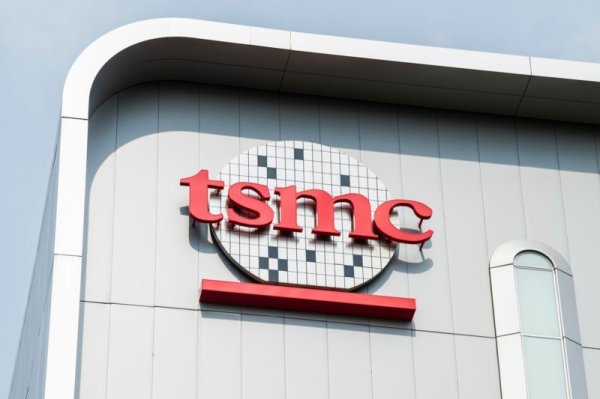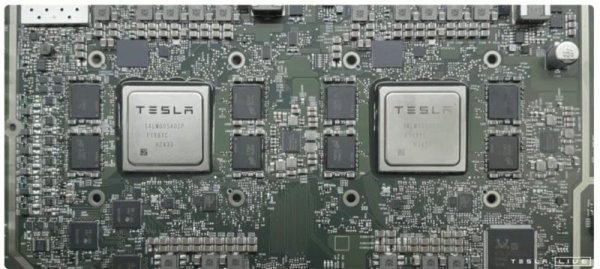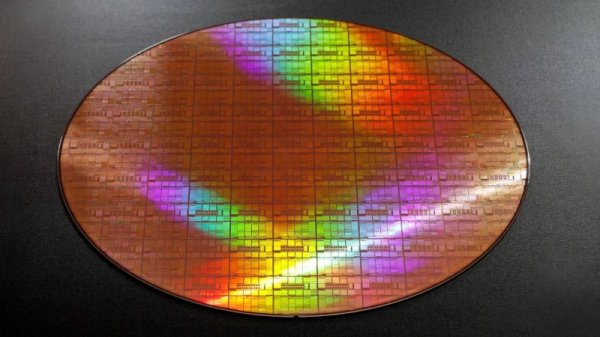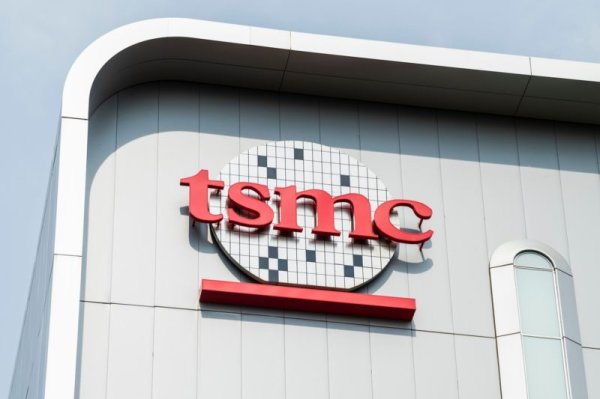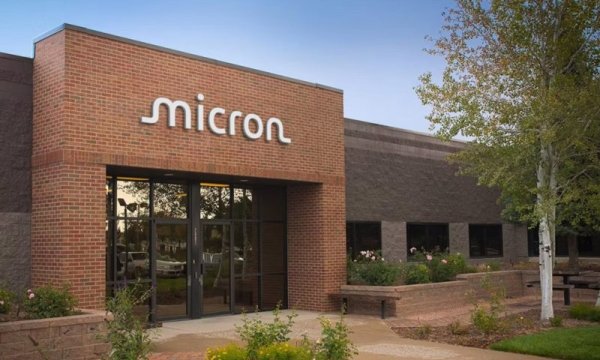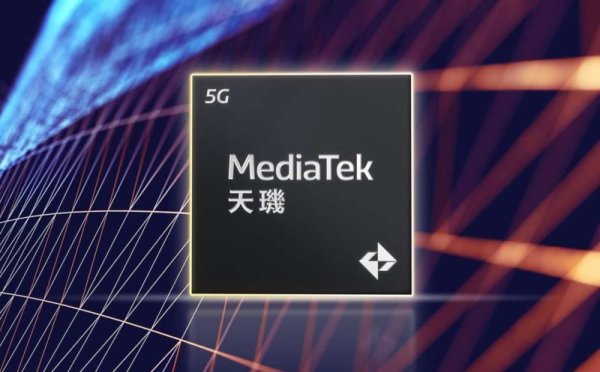New solution to reduce temperature of AI chips! Micro-File is experimenting with "microfluidic" heat dissipation technology

Microsoft is turning to the "microfluidics" technology to reduce the temperature of the AI chip and introduce a small amount of fluid into the micro channels etched on the chip, which can save energy and improve the efficiency of the AI system.
Because AI data centers are incredible power consumption, one of the main reasons is that they have to reduce temperature for high-temperature operating processors. According to Bloomberg, Microfluidics is experimenting with the technology of "microfluidics", which means feeding the fluid directly into the tiny channels etched on the wafer.
An important breakthrough from our teams: a new approach to liquid cooling that uses microfluidics, opening the door to more efficient, sustainable, and power-dense datacenters than conventional methods. https://t.co/hCbOpDPWWA
— Satya Nadella (@satyanadella) September 23, 2025
Report, Microsoft has been tested in the prototype system. Husam Alissa, head of microsoft system technology, said the technology has been applied to server chips (for Office cloud applications) and GPUs that handle artificial intelligence tasks.
Since the refrigerant is used directly on the wafer, it can still effectively dissipate even if the temperature is relatively high (in some cases it can reach 70 degrees Celsius). Microsoft demonstrated the technology in microscope at the head of the site last week and indicated that the relatively traditional approach has improved significantly based on current test results. With this heat dissipation method, microsoft is also expected to develop stronger chips, and even stack chips.
Microsoft is exploring data centers recently, and the latest technology to be the "microfluidics" technology. Rani Borkar, deputy president of the hardware system and infrastructure for Microsoft Azure Data Center, said on an interview that efficiency is very important when operating at this scale.
According to reports, this new heat dissipation technology can also allow the microsoft to deliberately make the chip "overheat", that is, the so-called "overclocking", to achieve higher efficiency. For example, the Micro Teams video conference software will experience a surge in usage throughout and half time, as most meetings begin at that time.
Microsoft Technology Academician Jim Kleewein pointed out that with adding more chips, the company only needs to make existing chips superfrequency within a few minutes.
In addition, Microsoft is also deploying "hollow-core fiber" technology more widely to improve data transmission speed, hoping to replace the traditional glass fiber core through air to transmit data.
Microsoft Cloud Network Engineer Jamie Gaudette said that in the microsoft experiment room, a small piece of material that can be stretched to several kilometers in length can be connected. Currently, Microsoft has cooperated with Conning and Heraeus Covantics to increase the production of this material.
At the same time, Microsoft also hopes to develop memory chip-related hardware, but has not announced any plans yet. Borkar said the memory part has indeed progressed, but it has not yet reached the point where it can be discussed publicly.
Microsoft Is Turning to the Field of Microfluidics to Cool Down AI Chips Extended reading: Qualcomm executive director Amon talks about the "Six Trends of AI"! The first 6G commercial product will be launched in 2028 WhatsApp promotes real-time translation function, iPhone supports more than 19 languages



